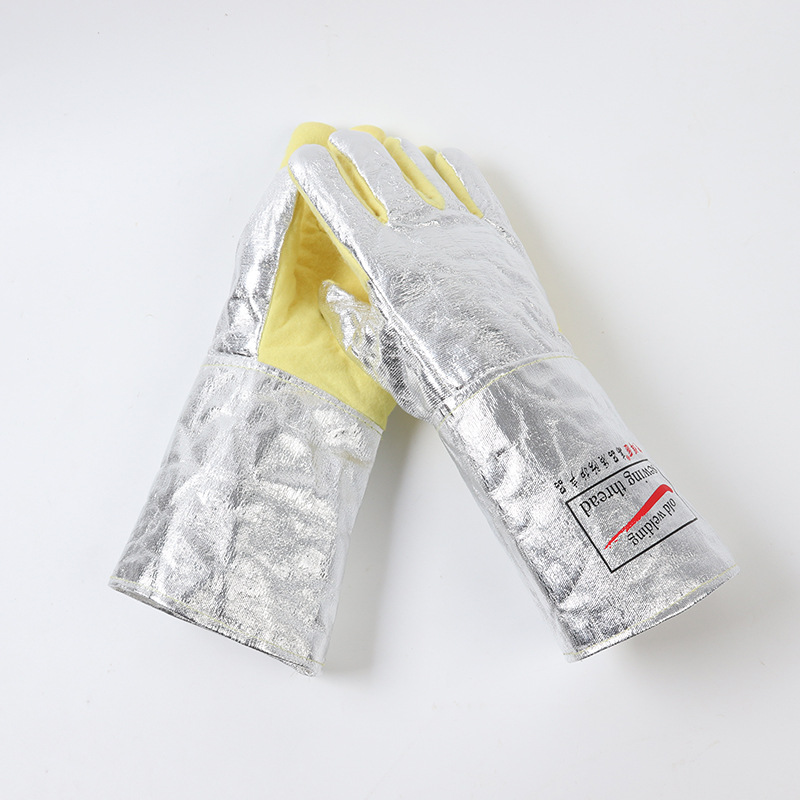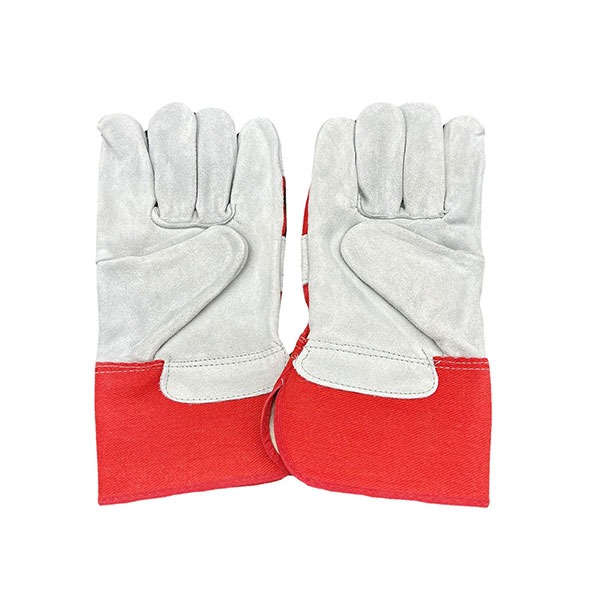
Types of respirators
Types of respirators
Respiratory protection is an important component of security in many professions and situations. For this, respirators are used - special personal protective equipment that prevents the entry into light harmful substances. A variety of models may seem frightening, but if you understand the main types, the choice will become much easier. A correctly selected respirator is the key to your health and tranquility.
1. Respirators with filter elements
This is the most common type. They protect against dust, aerosols, smoke, fog and some gases. The key difference is the presence of replaceable filters that are selected depending on the specific harmful substance. For example, for working with dust, a class P filter is suitable, and to protect against vapor of organic solvents - a filter of class A. There are also combined filters. Respirators with filter elements come in different protection classes, which is determined by the degree of filtration. The higher the class, the more effective the protection. It is important to remember that such respirators do not protect against a lack of oxygen in the air.
2. Isolating respirators
These respirators provide complete insulation of the respiratory system from the environment. They are equipped with their own source of air, most often it is a cylinder with compressed air or oxygen. Isolating respirators are indispensable in conditions where the concentration of harmful substances is very high or the air is unsuitable for breathing, for example, in closed spaces with dangerous gases or when working with especially toxic substances. They provide maximum protection, but require more thorough preparation for use and is more difficult to use than filter respirators.
3. Half masks and full -faced masks
This difference does not apply to individual types, but to the design of the respirators themselves. The half masks cover only the nose and mouth, while full -faced masks provide protection of the eyes, nose and mouth. The choice between the half -males and a full -faced mask depends on the specific working conditions and on what harmful substances are present in the air. Full -faced masks provide a higher degree of protection, but can be less convenient to use.
The correct choice of a respirator is not just compliance with safety regulations, but care for their own health. Before using any respirator, carefully study the instructions and make sure that it is suitable for specific working conditions.
AppropriateProducts
Corresponding products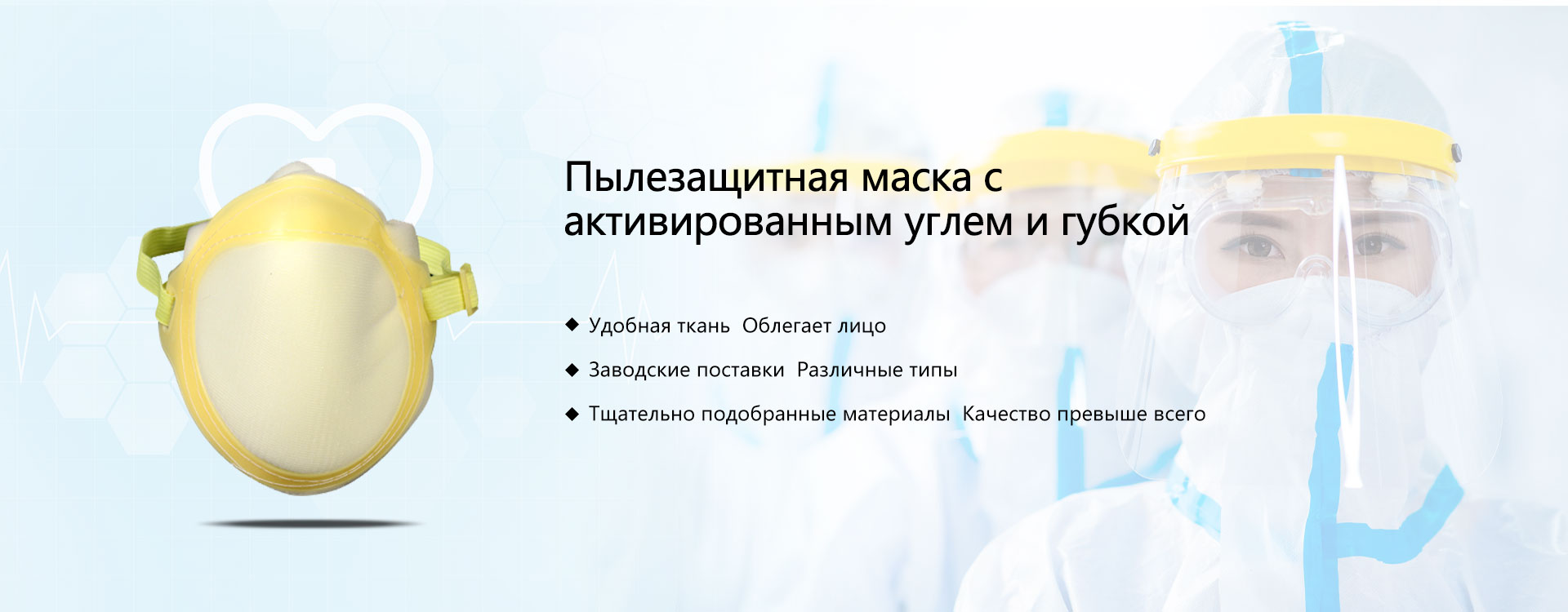
The best soldproducts
The best -selling products-
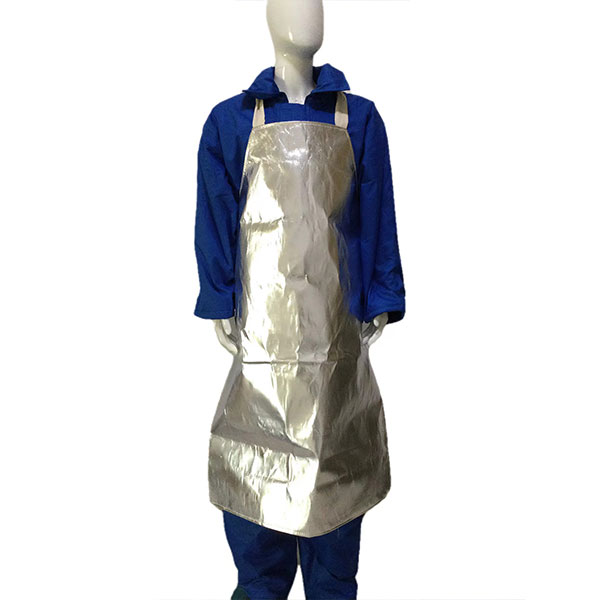 Aluminum foil apron
Aluminum foil apron -
 Disposable gloves
Disposable gloves -
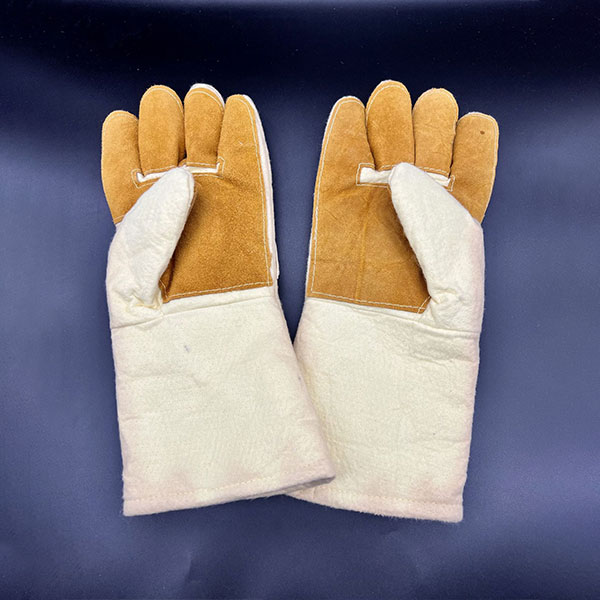 Gloves resistant to high temperatures Aramid insulating gloves
Gloves resistant to high temperatures Aramid insulating gloves -
 Clean shield series 950V KN95
Clean shield series 950V KN95 -
 Honeywell Kn95 dust respirator
Honeywell Kn95 dust respirator -
 Aramid thermal insulation gloves against aluminum foil burns
Aramid thermal insulation gloves against aluminum foil burns -
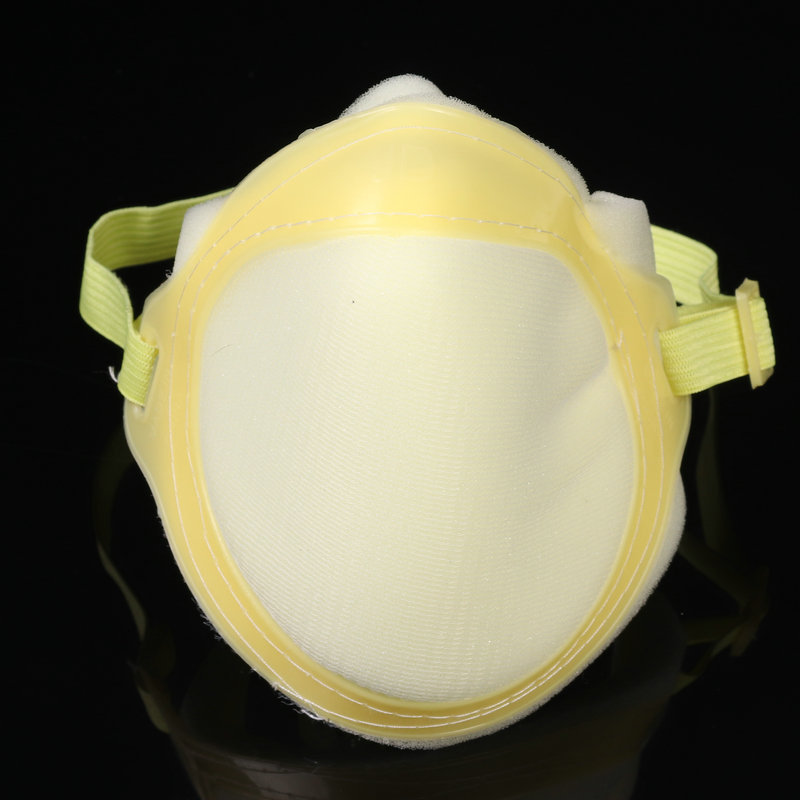 Spongy dustproof respirator with activated coal
Spongy dustproof respirator with activated coal -
 Pyatalpal heat -insulating gloves
Pyatalpal heat -insulating gloves -
 Heat -resistant insulating gloves made of aluminum foil with five fingers
Heat -resistant insulating gloves made of aluminum foil with five fingers -
 A heat -resistant helmet of aluminum foil
A heat -resistant helmet of aluminum foil -
 Heat -resistant and protecting from burns short welding gloves for labor insurance
Heat -resistant and protecting from burns short welding gloves for labor insurance -
 Warm -resistant welding gloves made of oxide leather
Warm -resistant welding gloves made of oxide leather
Connectedsearch
Related search- Suppliers of protective respirators in China
- Leading countries-buyers of thin welding gloves in China
- Wholesale disposable nitrilum gloves 100pcs
- Midogasian manufacturers in China
- Cheap welding gloves for work the main countries-buyer
- Cheap protective welding gloves basic buyer countries
- Cheap gas gas gas gashes
- Suppliers of cheap spongy masks
- Wholesale female factory gloves
- DRIVER of the half mask










